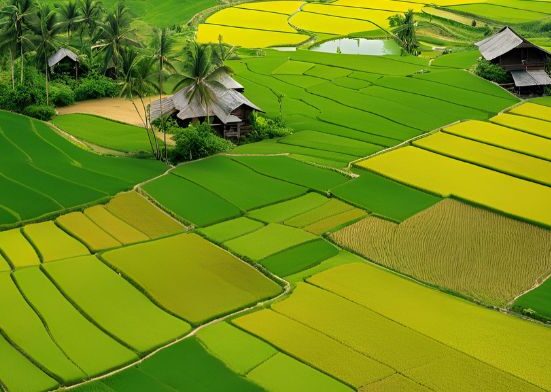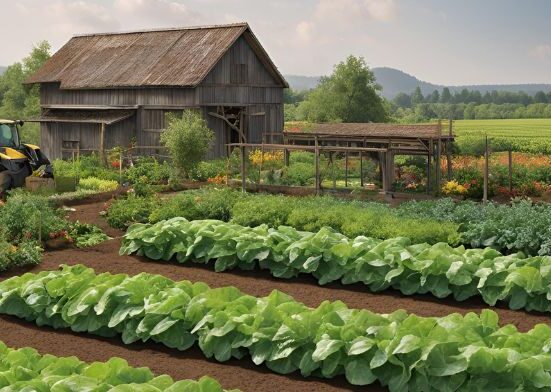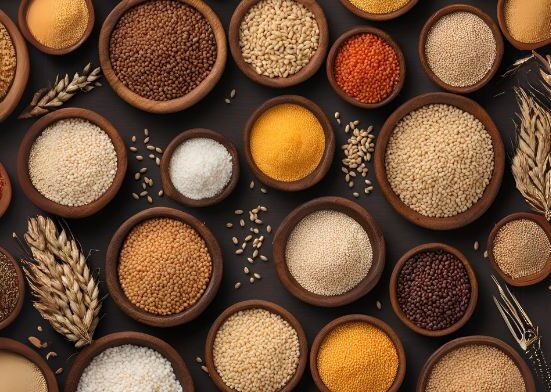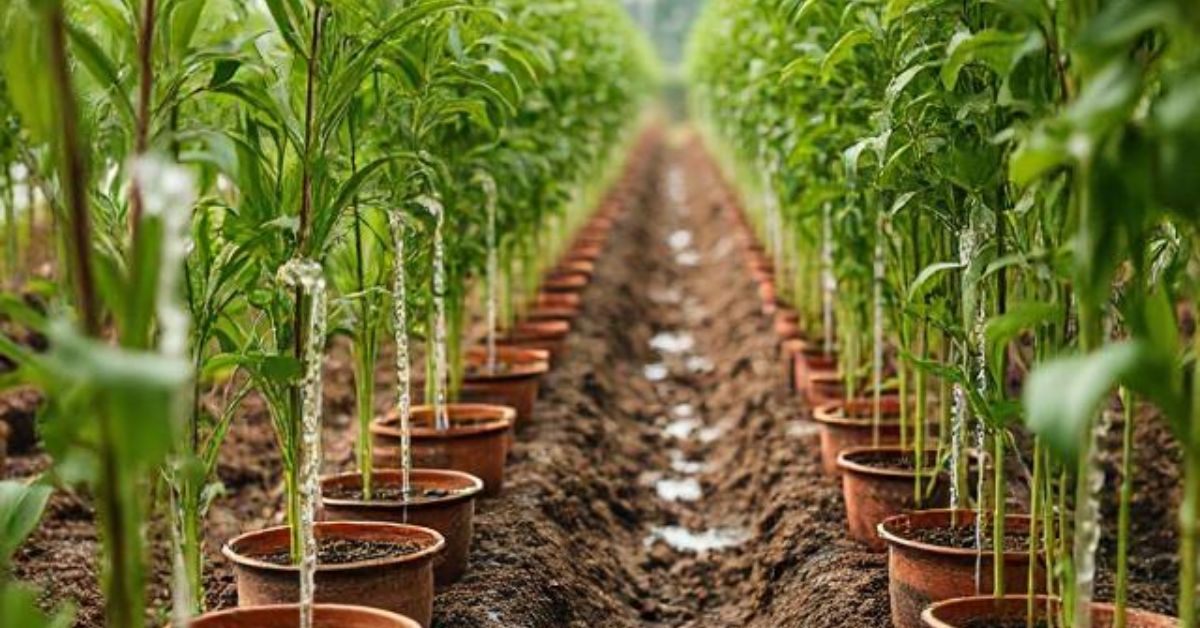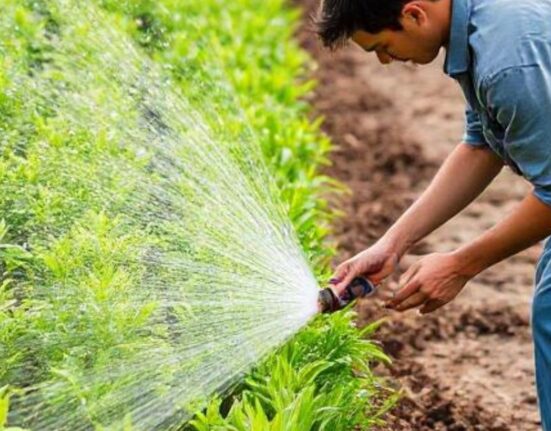Drip irrigation is a highly efficient watering system that delivers water directly to the roots of plants through a network of tubes, valves, and emitters. This method minimizes water wastage, reduces evaporation, and promotes healthier plant growth. It is widely used in agriculture, gardening, and landscaping to conserve water while ensuring crops receive the necessary hydration. drip farming systems can be customized for different plant types and soil conditions, making them ideal for small and large-scale farming. Additionally, they help prevent weed growth and soil erosion by limiting excess water distribution. This sustainable irrigation method enhances crop yield and resource efficiency.
What Is Drip Irrigation?
drip irrigation definition is a highly efficient method of watering plants that delivers water slowly and directly to their roots. This system uses slow-release emitters to provide the precise amount of water each plant requires, ensuring optimal hydration. Whether you have a small garden or a large farm, drip irrigation can be adapted to suit your needs.This method prevents overwatering and conserves water by using only the amount plants need. Cover Crops Unlike traditional irrigation systems, drip irrigation targets the root zone, ensuring that water and nutrients are absorbed directly where they are most needed. This precision reduces water waste and supports healthier plant growth.
Water is as vital to plants as food is to humans. It acts as a carrier, transporting nutrients and minerals from the soil to the plant while enabling photosynthesis and cooling during hot weather. However, improper watering can harm plants. Underwatering leads to poor nutrient absorption and wilting, while overwatering reduces oxygen availability to roots, causing root rot. Drip irrigation solves these issues by providing a controlled and consistent water supply.Because water is released slowly, it penetrates the soil more effectively, reducing runoff and evaporation. drip system also minimizes plant diseases by avoiding water contact with leaves, which can create moisture-related problems. Furthermore, this system works efficiently on various slopes and soil types, making it versatile for different environments.While commercial drip irrigation systems are available, simple DIY setups can be affordable and effective, offering an excellent option for beginners.
How Does Drip Irrigation Work?
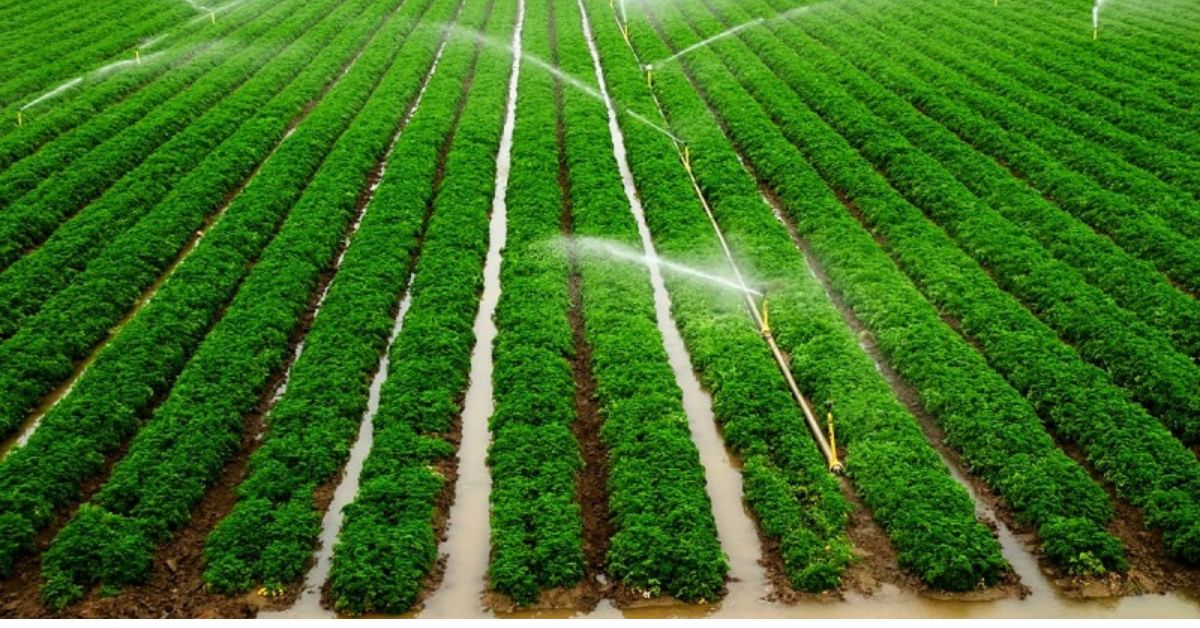
A drip irrigation system is a low-flow watering system that uses drippers to control the water delivery to each plant. Unlike sprinklers, which disperse water rapidly, this system delivers water slowly, allowing plants to absorb it efficiently without the risk of overwatering.Many believe watering plants generously during the middle of the day will help them thrive. However, this approach is inefficient and often harmful. Overwatering is especially detrimental, as it can drown plant roots and lead to diseases. Drip irrigation eliminates these risks by delivering a steady, low-flow stream of water directly to the roots over a prolonged period.
The system’s drippers can be customized to provide the exact flow rate needed for specific plants. This makes it particularly beneficial for growing fruits and vegetables prone to overwatering-related issues such as poor growth and disease. By applying water slowly, drip irrigation ensures plants have adequate time to absorb moisture without becoming waterlogged.irrigation is especially effective for managing water on sloped terrains or soils with varying absorption rates. It’s a reliable choice for gardeners and farmers aiming to maximize water efficiency and promote healthier plant growth.
Types of Drip Irrigation
Drip irrigation systems come in various types, each tailored to specific needs and applications. Understanding the different types can help you choose the right system for your garden or farm:
Surface Drip Irrigation
This method places the drip lines on the soil surface, delivering water directly to the base of plants. It is easy to install and maintain, making it a popular choice for home gardens and small-scale farming. However, more frequent monitoring may be required to prevent water loss due to evaporation.
Subsurface Drip Irrigation (SDI)
This system’s drip lines are buried beneath the soil surface, delivering water directly to the root zone. This method reduces evaporation and ensures water reaches the roots efficiently. SDI is ideal for crops with deep root systems and regions with limited water availability.
Inline Drip Irrigation
Inline systems have emitters built into the tubing at regular intervals. These systems are commonly used for row crops and vineyards, providing uniform water distribution. They are easy to install and offer consistent water flow.
Online Drip Irrigation
In online systems, emitters are attached externally to the main tubing. This allows for greater flexibility in emitter placement, making it suitable for irregularly spaced plants such as trees and shrubs.
Micro-Irrigation
Micro-irrigation systems, which distribute water over a wider area than standard drip systems, include micro-sprinklers and misters. They are commonly used in nurseries, greenhouses, and orchards.
Drip Tape Irrigation
Drip tape is a thin-walled tubing with pre-punched emitters, often used for seasonal crops. It is cost-effective and ideal for large-scale farming but may require regular replacement.
Gravity-Fed Drip Irrigation
This type relies on gravity to distribute water from an elevated tank or reservoir. It is an excellent option for areas with limited access to pressurized water systems and is highly cost-efficient.Each drip irrigation system type has its advantages and is suited for specific applications. Choosing the right type depends on crop type, soil conditions, and available resources.
What Is the Difference Between Drip Tape and Drip Tubing?
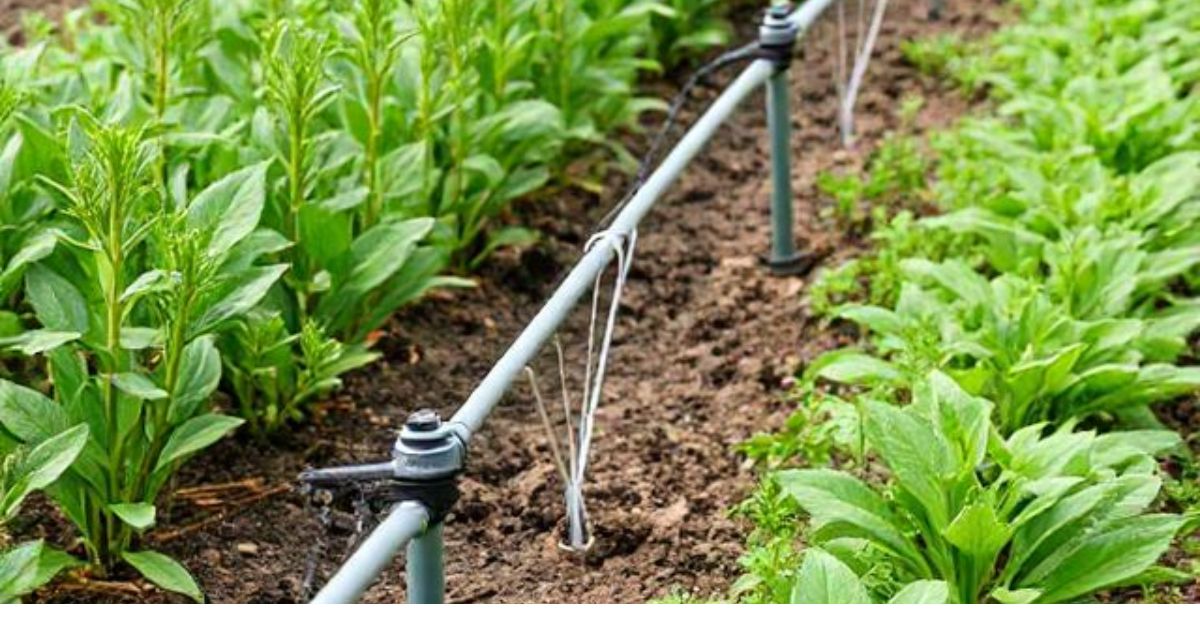
The key difference between drip tape and tubing is their thickness and durability. Drip tape is thinner and more flexible, making it suitable for short-term irrigation but less durable for long-term use. In contrast, drip tubing is sturdier and ideal for permanent or semi-permanent systems.Drip tape is often used in temporary setups, such as seasonal gardens or rental properties, where long-term investment isn’t practical. Its thin design makes it less resilient to high water pressure or heavy use. Drip tubing, conversely, is thicker and can withstand higher water pressure, making it a better choice for long-term applications.
While both systems are installed similarly, drip tubing offers greater durability and efficiency over time. If you plan to commit to a more permanent irrigation system, opting for drip tubing from the start can save time and resources in the long run.
Pros & Cons of Drip Irrigation
Like other irrigation methods, drop irrigation has advantages and disadvantages. Understanding these can help you determine whether it is the right choice for your plants and crops and avoid potential issues or damages.
Pros of Using Drip Irrigation
Minimizes Soil Erosion
Drip irrigation delivers water at a low flow rate, preventing pooling and reducing the risk of soil erosion.
Suitable for Various Soil Types
Plants absorb the slow and steady water flow, making it effective for most soil types.
Retains Nutrients
Since water does not pool, fertilizers are not washed away, allowing plants to absorb nutrients effectively. Combined with home fertigation, it ensures optimal nutrient delivery.
Ensures Even Water Distribution
Each emitter provides a consistent flow of water, ensuring uniform distribution. Different emitters cater to different plant water requirements, making it customizable.
Reduces Plant Diseases
Delivering water directly to the roots reduces the risk of damp leaves, which can lead to rotting or attracting pests.
Minimizes Water Wastage and Runoff
The precise water delivery reduces runoff and waste, What Are Cash Crops ensuring efficient water usage.
Low Maintenance Requirements
With timers and automated systems, drip irrigation demands minimal manual intervention and maintenance once installed.
Energy-Efficient Operation
Operating at low pressure, drip irrigation systems consume less energy, making them cost-effective and environmentally friendly.
Cons of Using Drip Irrigation
High Initial Investment
Setting up a drip irrigation system involves purchasing multiple components, leading to higher upfront costs despite long-term efficiency.
Susceptible to Sun Damage
drip irrigation line pipes, though durable, How To Adjust A Rainbird Sprinkler Head may degrade faster when exposed to direct sunlight over time.
Requires Filtration System
A filtration system is necessary to prevent clogging and contamination, adding to installation costs.
Professional Installation Recommended
Due to the complexity of emitters and filtration systems, professional installation is often required to ensure proper setup and efficiency.
Drip Irrigation vs. Spray Irrigation
Drip and spray irrigation are two popular watering methods, each with unique benefits. Drip irrigation delivers water directly to the plant roots through tubing and emitters, ensuring minimal water waste and promoting deep root growth. It offers precision and efficiency and is ideal for gardens, flower beds, and crops.In contrast, spray irrigation uses sprinkler heads to distribute water over a larger area, mimicking rainfall. It’s suitable for lawns and expansive landscapes but wastes more water due to evaporation and runoff, especially in windy or hot conditions.
definition of drip irrigation system are more water-efficient, reducing usage by 30-50%, while spray systems are easier to install and better for covering broad spaces quickly. However, drip systems may require more maintenance to prevent clogging.Choosing between the two depends on your landscape size, plant type, and water conservation goals. Both methods can complement each other for a balanced irrigation strategy.
How Much Does a New Drip Irrigation System Cost?
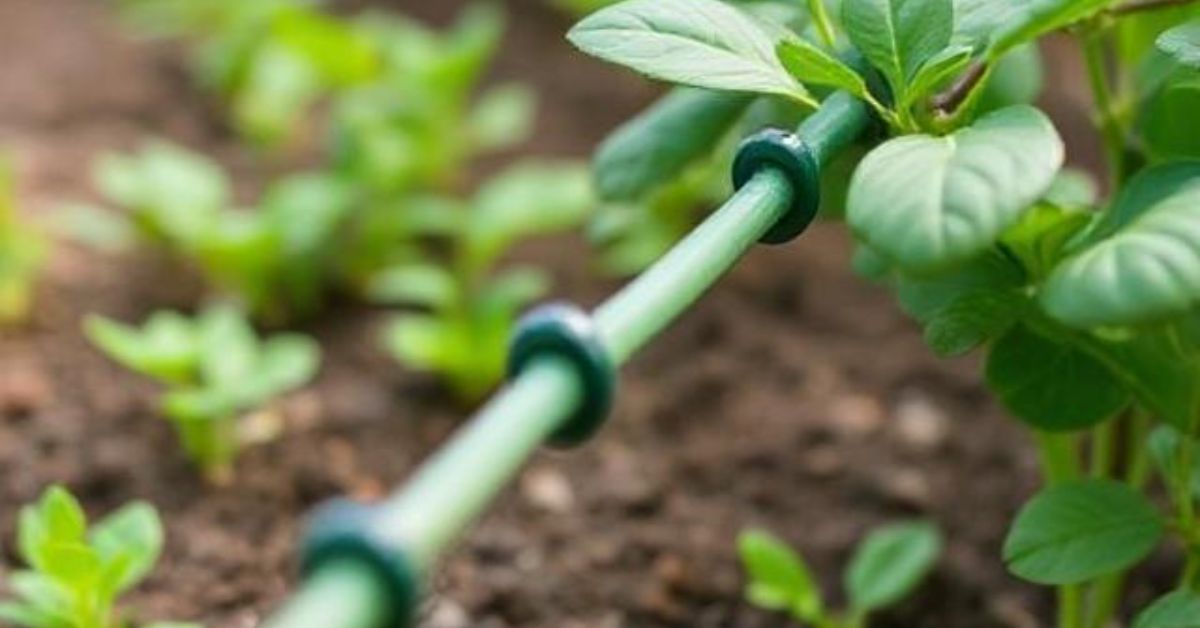
Installing a new drip irrigation system typically ranges between $2,000 and $5,000. This estimate includes the initial assessment, materials, labor, and professional installation. However, the final price can vary depending on the size of your garden and the complexity of your irrigation setup.The total expense also depends on the quality and type of components you select. High-end pumps, filters, and injection systems are expensive, while budget-friendly options can help reduce costs.
Professional installation ensures the system is designed to deliver water efficiently, accounting for flow rates, compatible emitters, and plant-specific watering needs. Saltwater Farming An irrigation specialist’s expertise guarantees proper setup, especially for gardens with diverse plants requiring different water levels.Although the upfront cost may seem high, a drip irrigation system is a worthwhile investment for healthier plants and long-term water savings. It’s a smart choice for serious gardeners looking for efficiency and growth.
The Future of Drip Irrigation
With advancements in smart technology and sustainable farming, drip irrigation is evolving rapidly. Smart controllers, moisture sensors, and app-based monitoring make optimizing water usage and maximizing plant health easier than ever.Drip irrigation is more than just a watering system; it’s a step toward sustainable and efficient gardening. By understanding the basics, selecting the right components, and maintaining your system, you’ll enjoy thriving plants and reduced water bills.
FAQ
What is the drip method of irrigation?
Drip irrigation or trickle irrigation is a type of micro-irrigation system that has the potential to save water and nutrients by allowing water to drip slowly to the roots of plants, either from above the soil surface or buried below the surface.
What is drip irrigation and its advantages and disadvantages?
It delivers water directly into the plant root zone, either via tubes that are laid on the surface of the soil, or just below the soil surface – the latter being classified as sub-surface drip irrigation (SDI). Drip irrigation can reduce the energy required by irrigation by as much as 50%.
What is drip irrigation types?
In principle, there are two types of drip irrigation: Sub-surface drip irrigation – Water is applied below the soil surface. Surface drip irrigation – Water is applied directly to the soil surface.
What is another name for drip irrigation?
Drip irrigation is sometimes called trickle irrigation and involves dripping water onto the soil at very low rates (2-20 litres/hour) from a system of small diameter plastic pipes fitted with outlets called emitters or drippers.



